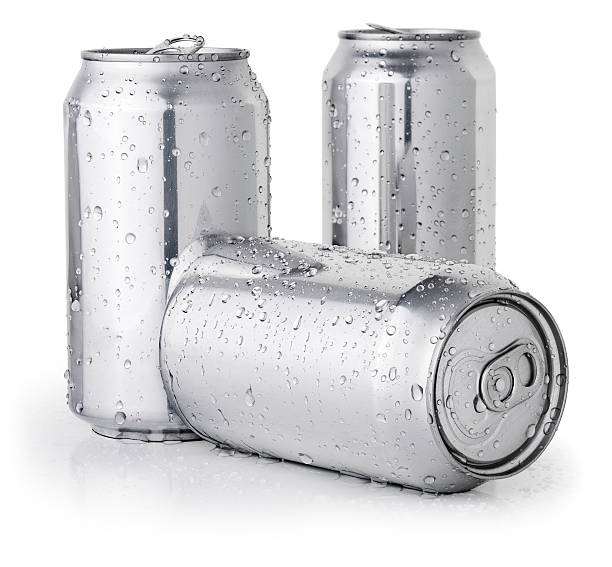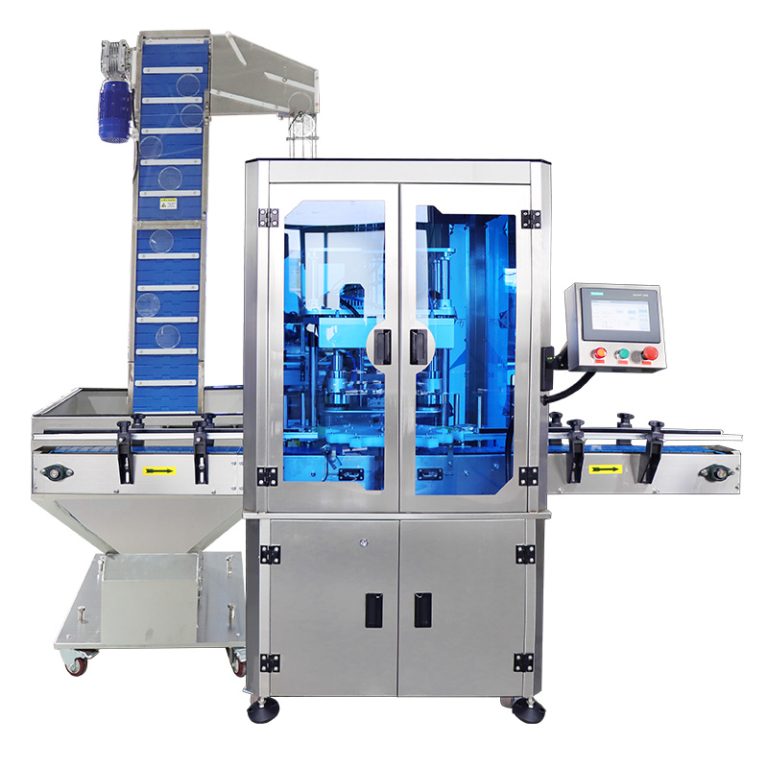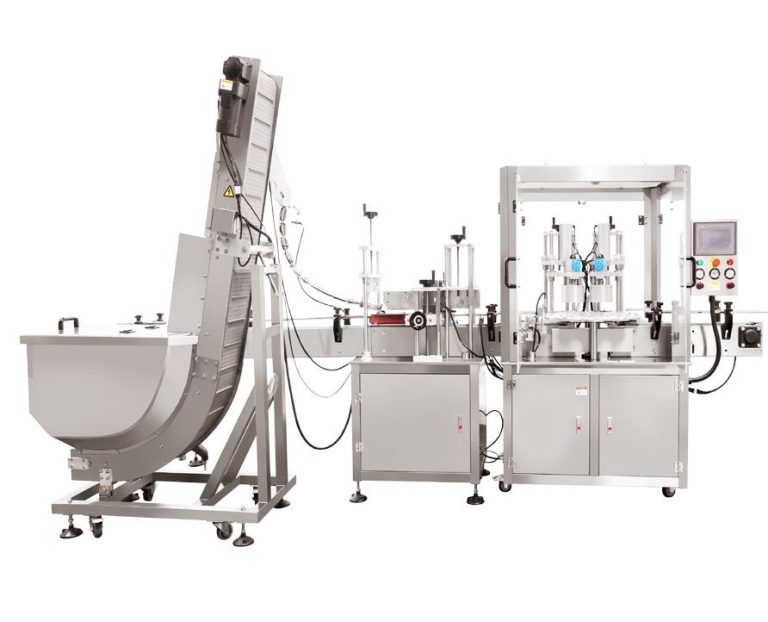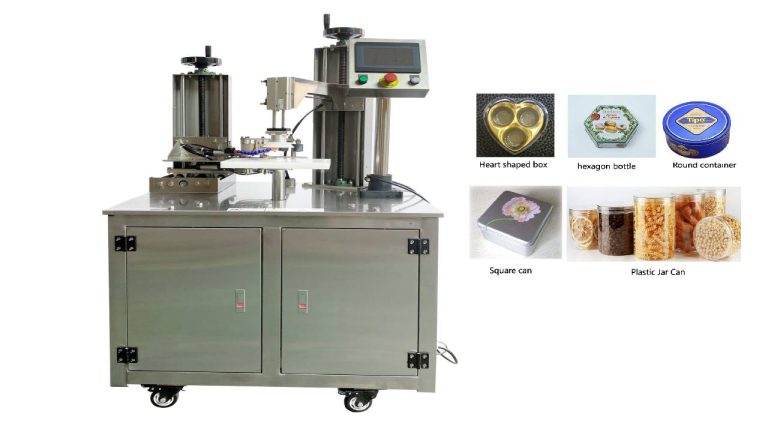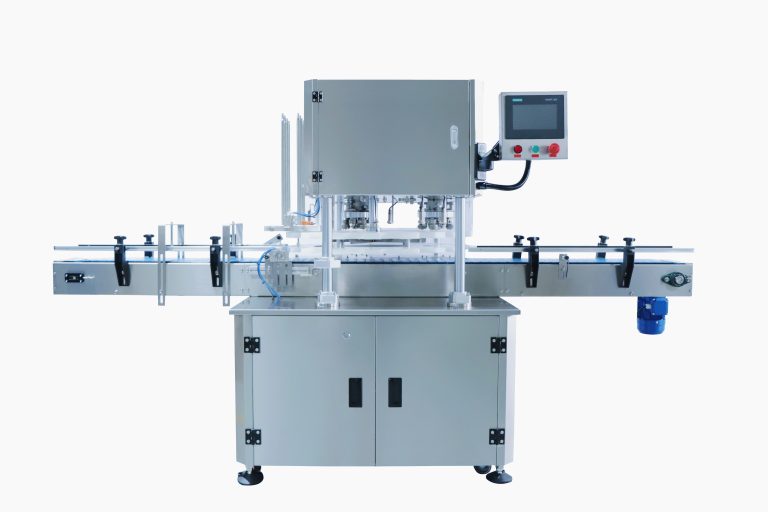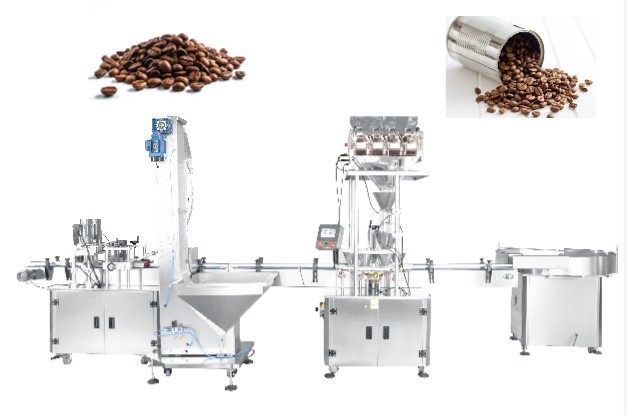Automatic round bottle labeling machines have become indispensable in the packaging industry, offering efficiency, accuracy, and consistency. This guide will take you through the key aspects of these machines.
First and foremost, let’s understand their types. There are various models available, such as semi-automatic and fully automatic, each with its own level of automation and productivity.
The components of an automatic round bottle labeling machine include a conveyor system to transport the bottles, a label dispenser to supply the labels, a positioning mechanism to ensure accurate placement, and a pressing or adhering system to secure the labels onto the bottles.
These machines operate based on advanced technologies. Sensors detect the bottles’ position and size, while programmable logic controllers (PLCs) manage the entire labeling process, ensuring precise and synchronized movements.
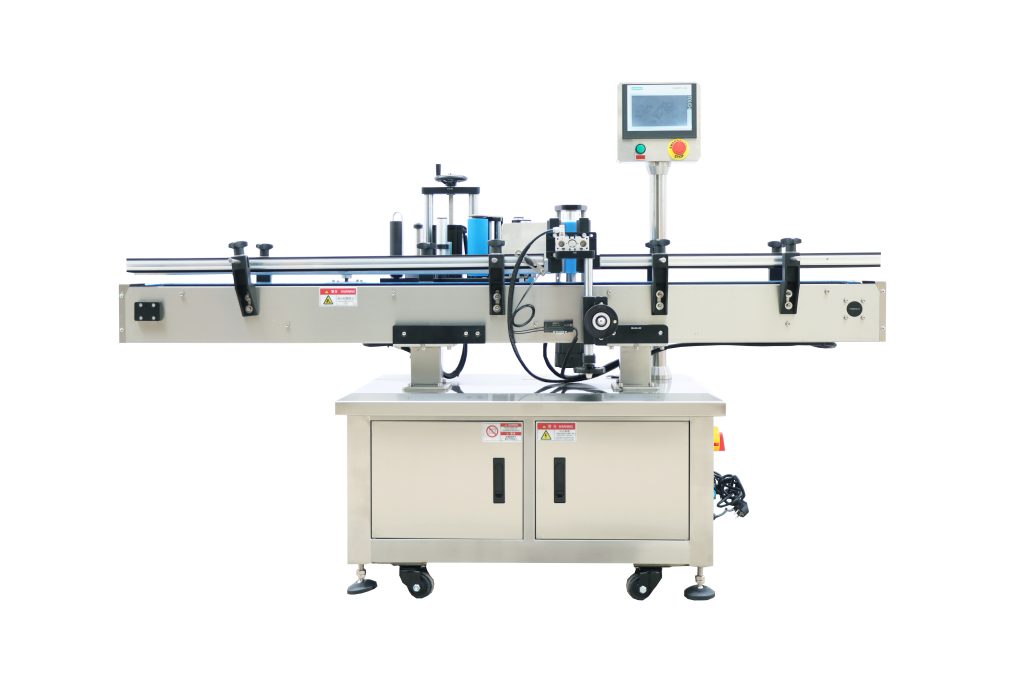
One of the significant advantages of automatic round bottle labeling machines is their ability to handle a wide range of bottle sizes and shapes. They can be easily adjusted and configured to meet different production requirements.
When choosing a machine, factors like production volume, label type, budget, and maintenance requirements should be considered. High-quality machines offer durability, low maintenance costs, and reliable performance.
Installation and setup of these machines require proper planning and calibration to ensure seamless integration into the existing production line.
In conclusion, an automatic round bottle labeling machine is a valuable investment for businesses looking to enhance their packaging operations. Understanding its features, workings, and selection criteria will help you make an informed decision and achieve optimal labeling results.

